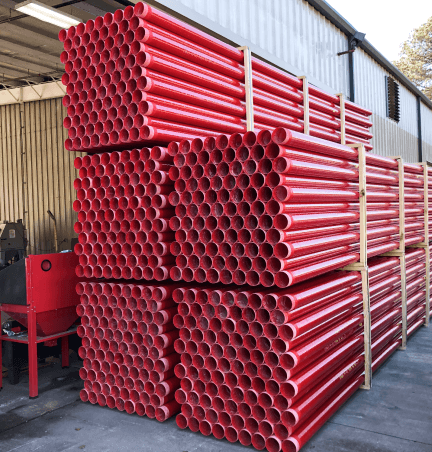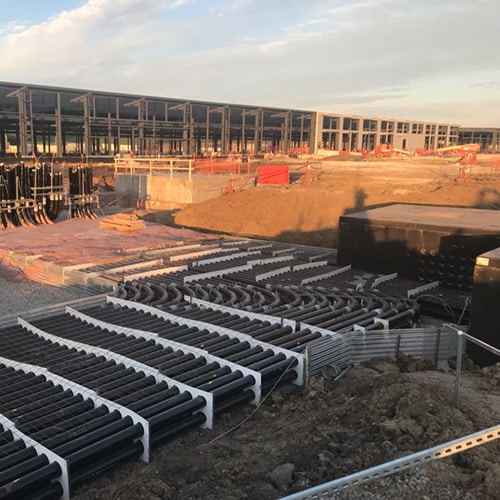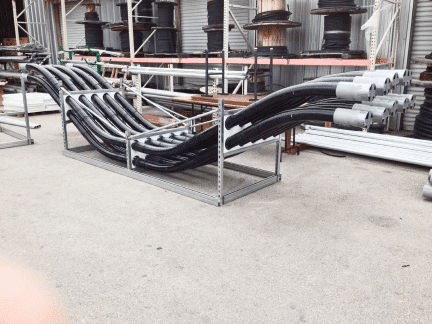Like most industries, the solar energy sector experienced slowdowns in 2022. Last year the industry faced “rising costs and project delays driven by supply chain disruption, trade policy uncertainty, inflation, increasing interest rates and interconnection delays” (Deloitte). But these are expected to resolve later this year as the industry works through import issues and trade restrictions brought about by efforts to ensure an ethical supply chain.

As we enter into 2023 the Inflation Reduction Act (IRA) is expected to bolster domestic solar project investments through incentives. The SEIA (Solar Energy Industry Association) expects we may not see the impact of IRA fully realized until 2024, while Wood Mackenzie is projecting an average of 21% annual growth in solar segments from 2023-2027. Deloitte’s outlook for 2023 is positive overall, noting that “competitive costs, supportive policies, and burgeoning demand” are expected.
Looking Forward
The reliability of the electrical grid will continue to be a hot topic this year, paving the way for opportunities within the renewables market. FEMA and the ICC will be working through proposed code change changes to the 2024 IBC which could result in substantial changes to the design and construction of solar farms.
Current Code Requirements for Solar Photovoltaic (PV) and Energy Storage System (ESS) Projects
Solar photovoltaic (PV) and energy storage systems (ESSs) are subject to several codes and standards, including:
- NFPA 70, National Electrical Code (NEC), Article 690, Article 691, Article 706, Article 480 and Article 705
- NFPA 1, Fire Code and ICC’s International Fire Code (IFC), particularly Chapter 15 of NFPA 855, Standard for the Installation of Stationary Energy Storage Systems
- ICC’s International Building Code (IBC) and ASCE 7, IBC Sec. 1503, Sec. 3403 and Sec. 1509
Choosing a Conduit System for Solar Farm Projects
When choosing an electrical conduit system for use in solar farm projects, temperature range, durability and installation ease are key components to consider. In these applications, the conduit may be subject to extreme cold from the environment or extreme heat generated from dense cabling. Compared to other electrical conduit systems, fiberglass (RTRC) conduit is able to withstand a broad temperature range of -60° to 250° F as a solution in these projects.
Strength and corrosion-resistance of the substrate must also be considered as solar conduit requirements. Champion Fiberglass RTRC is rated for direct burial and eliminates the need for poured concrete in underground applications.
Download the case study to learn how fiberglass conduit was used to streamline Skipjack Solar Center project in Charles City, Virginia, overcoming common solar farm challenges, including:
- multiple circuits
- getting power to the grid
- cable density












